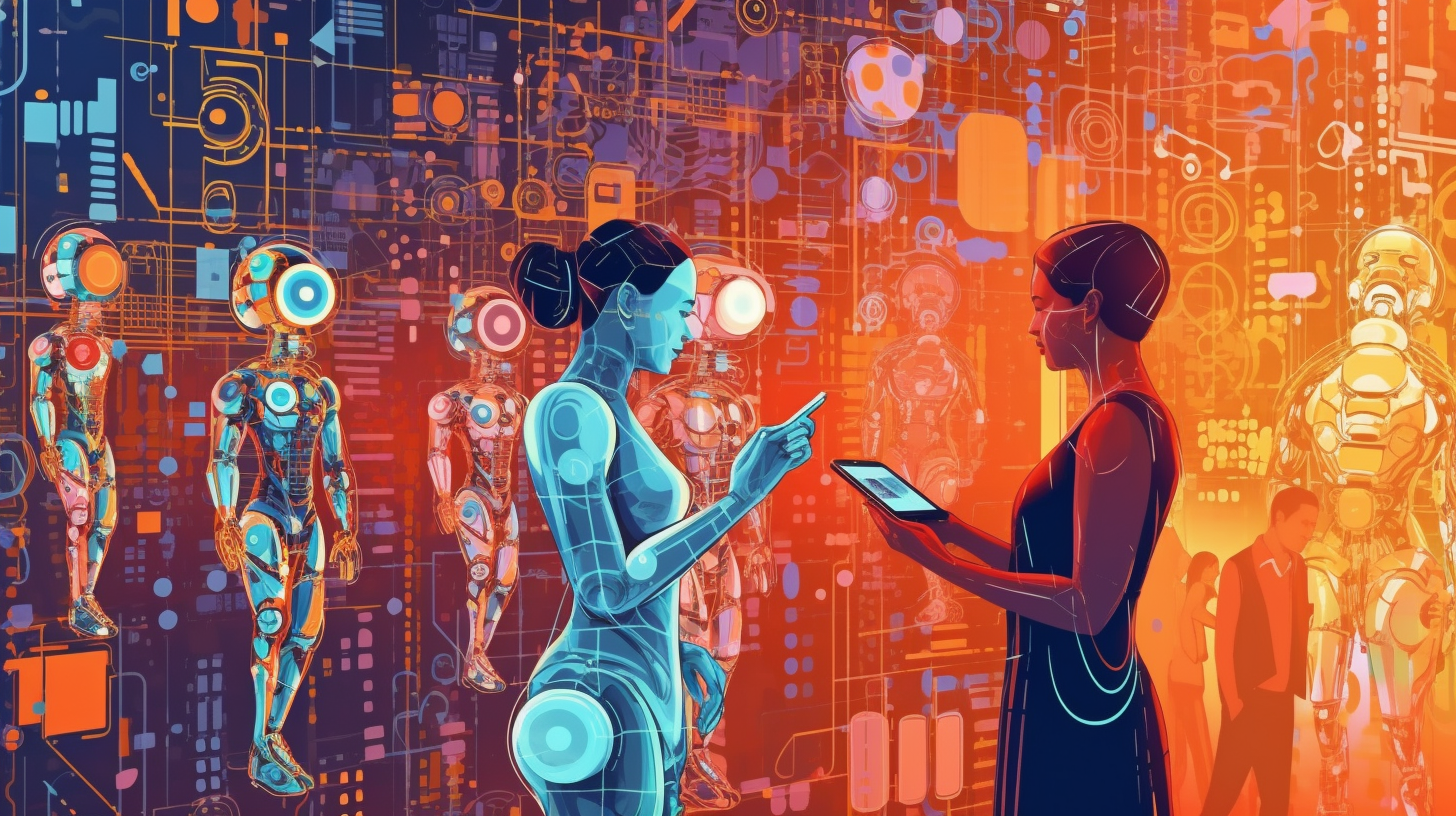AI and Social Interaction: Changing the Way We Connect
As we traverse deeper into the digital age, artificial intelligence (AI) continues to reshape numerous facets of our lives. Today, we turn our attention to a compelling aspect of this journey - social interaction. How is AI transforming the ways we connect, and what does it mean for our collective future?
AI and Social Media: A Dynamic Duo
At the epicenter of digital social interaction lies social media, and AI has become integral to its operations. AI algorithms on platforms like Facebook, Instagram, and Twitter curate personalized content, suggesting posts, friends, and advertisements based on our preferences and behaviors. It's not just about user engagement; AI also plays a critical role in identifying and moderating harmful content, though the challenge of striking a balance between safety and freedom of speech persists.
Chatbots and Virtual Companions: An AI-powered Dialogue
AI isn’t merely a behind-the-scenes player in our digital social life. It's increasingly taking center stage in the form of chatbots and virtual companions. From customer service bots to mental health chatbots like Woebot, AI is engaging us in conversations that were traditionally human domains. Some AI companions even evolve and learn from interactions, offering a personalized experience that straddles the line between technology and companionship.
Digital Communication: AI's Subtle Touch
AI's influence extends to our everyday communication as well. Predictive text and smart replies, powered by AI, have become staples of our digital conversations. Moreover, AI tools like sentiment analysis are helping businesses understand customer emotions and respond appropriately, adding a layer of emotional intelligence to digital communication.
Virtual and Augmented Reality: AI's Expanding Frontiers
Virtual reality (VR) and augmented reality (AR), while not inherently AI technologies, have embraced AI to enhance their capabilities. Social VR platforms allow users to interact in immersive virtual spaces, while AR filters on social media add a fun, interactive element to digital communication. AI enhances these experiences, enabling realistic avatars, responsive virtual environments, and more personalized experiences.
Conclusion
AI is undeniably transforming the landscape of social interaction. It offers us tailored experiences, innovative forms of communication, and even AI companionship. Yet, as we navigate this exciting digital terrain, we must not lose sight of the challenges. Privacy concerns, the potential for increased isolation, and the risk of AI manipulation are issues that society must address head-on.
Indeed, as AI continues to redefine how we connect, it also invites us to redefine what social interaction means in the digital age. This journey is far from over, and we are excited to explore and share this evolving narrative.
